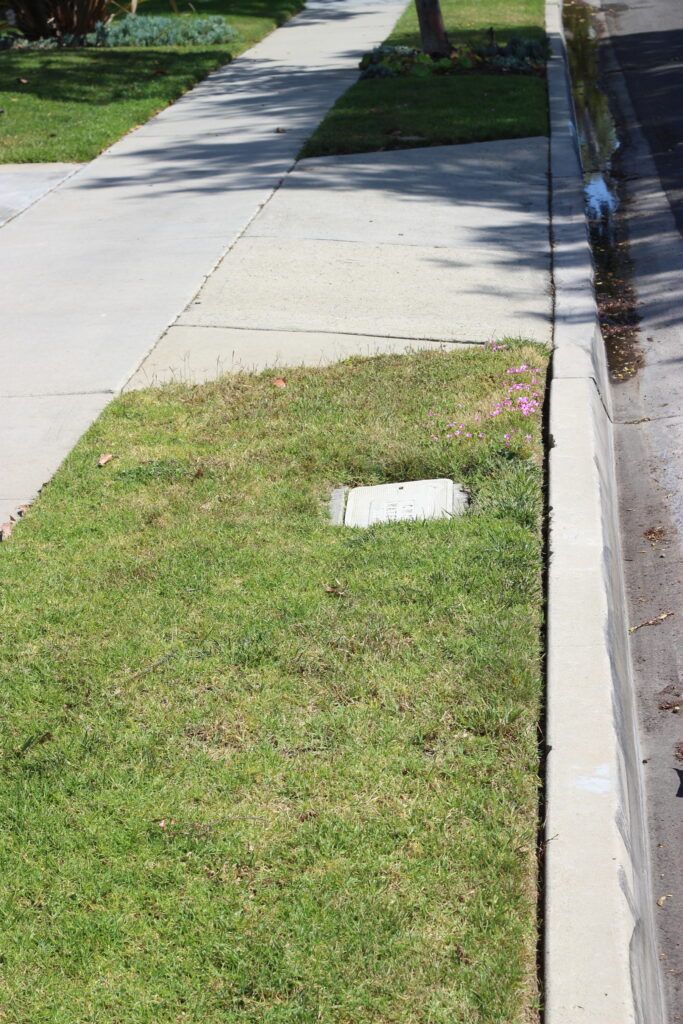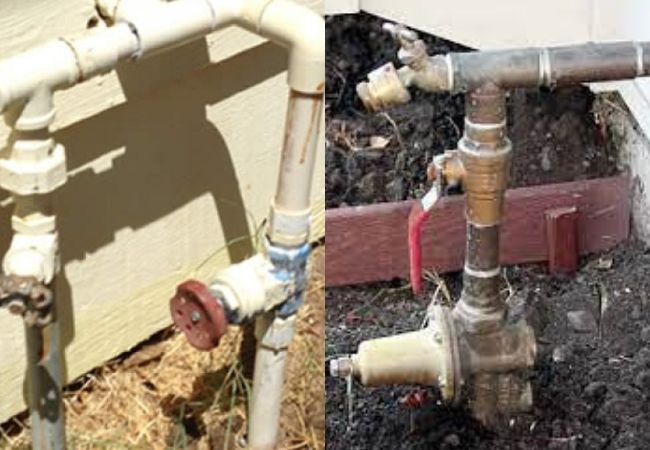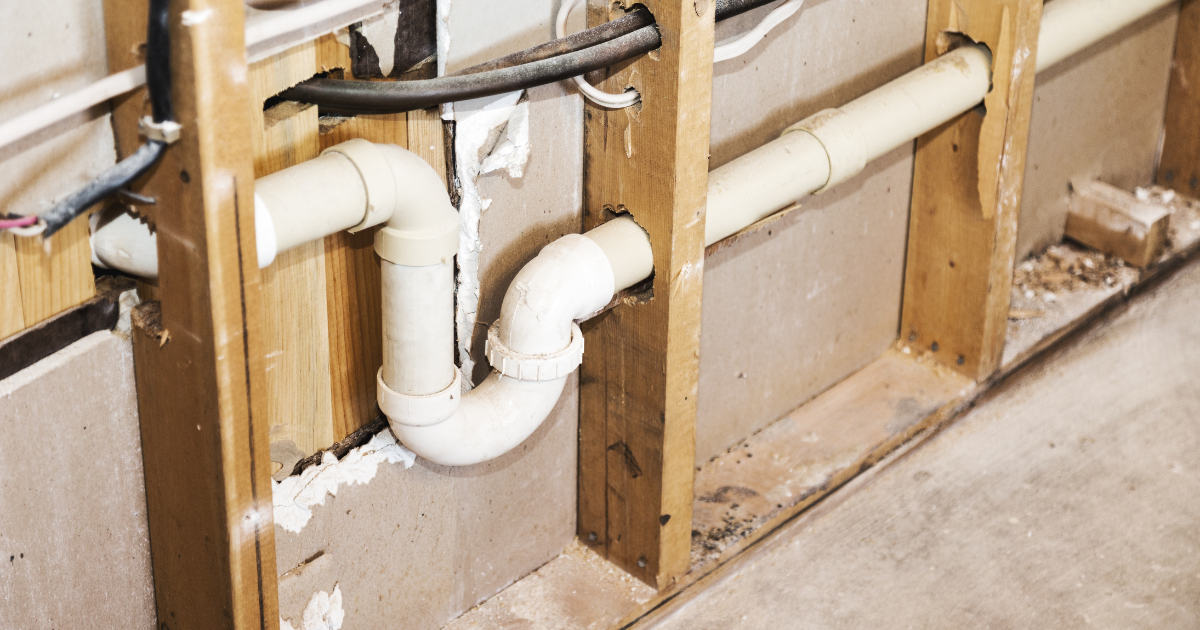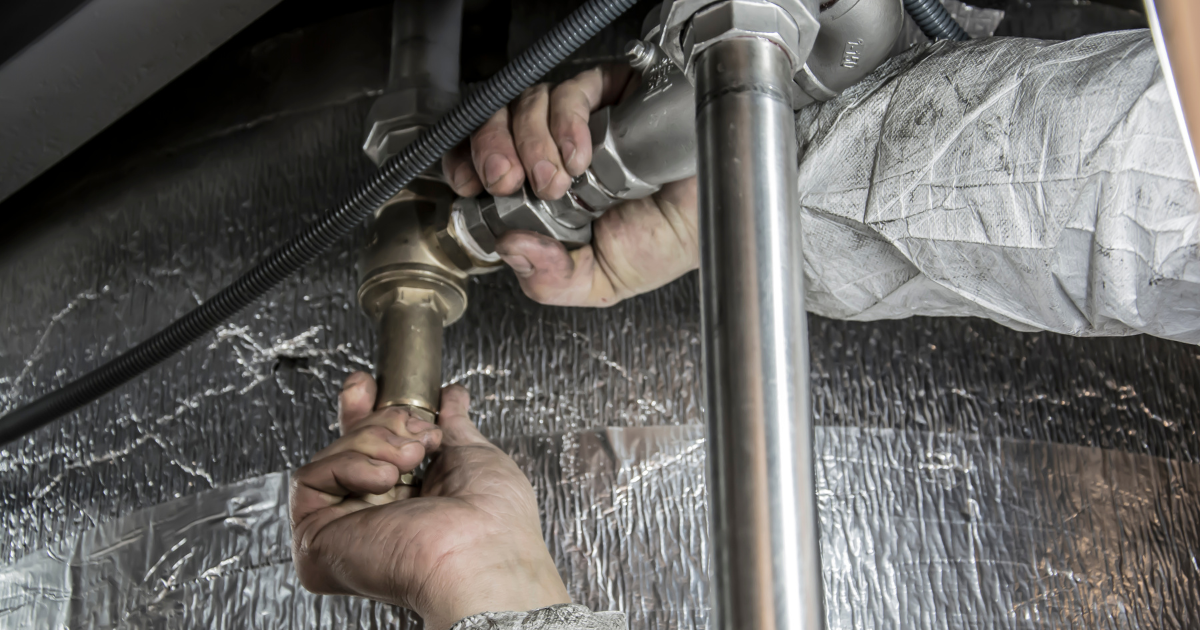How to find the main water valve on your home

If it is not there, try searching on the side or back of your home near a hose bib and it normally has a round or straight bar handle.
When a water pipe bursts or you need to go out of town, it’s important to know where your main water valve is so you can turn off the water.
Depending on your neighborhood, the main water valve is usually located in your front yard near the street in an underground concrete, green, or black box.

If you have city water and can’t find a valve in the front yard, try inside the house in the basement or garage.
Turn off this valve by turning counterclockwise until it clicks into place.
Then go inside and test the water at you sinks. If you turn them on and now water comes out, yiu were successful.
Make sure to turn them off when you are done testing.
In the end, you should always be prepared for the worst when it comes to your water. By knowing where your main water valve is located and how to turn off it if necessary, you can ensure that no one has to suffer through a burst pipe during an emergency situation.
If can’t locate your main water valve, call MasterCraft Plumbers of Carlsbad, Ca. to assit you.


